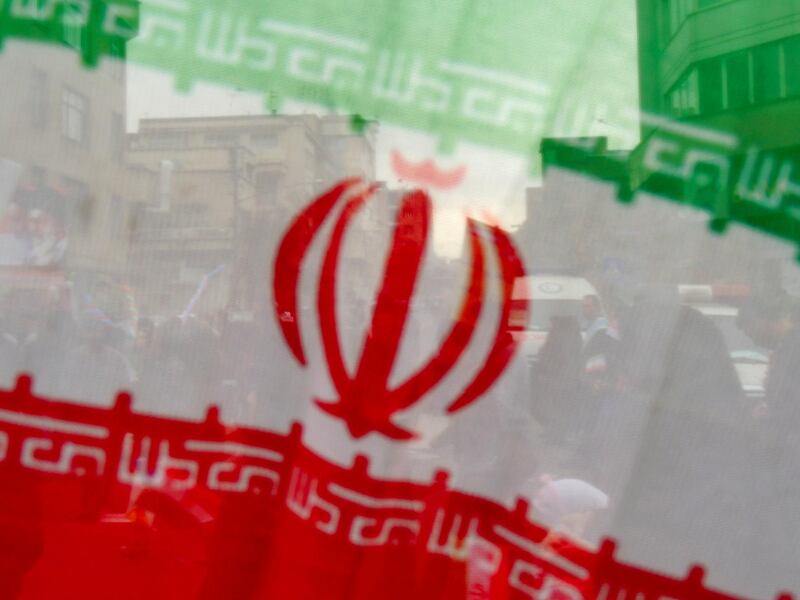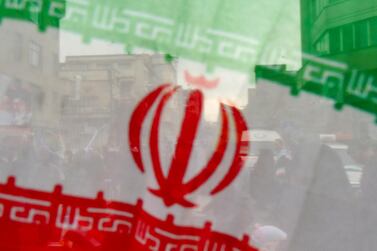The new US administration has made clear that it will re-engage with Iran’s leadership on its nuclear programme. This is understandable but, before it does so, it should frame the engagement very carefully.
While it is true that the 2015 nuclear agreement had a limiting impact on Iran’s nuclear programme, it suffered from two major problems: its narrow scope and the absence of the regional players. Since 2015, both of these issues have become more, not less, important.
Supporters of the 2015 Iran nuclear deal – or Joint Comprehensive Plan of Action (JCPOA) – claim it was never intended to address issues beyond Tehran’s nuclear programme.
The hope was that it would provide a platform for collaboration on other issues, building trust and ultimately normalising the Islamic Republic. Yet just 13 days after it was signed in July 2015, Iran's Supreme Leader Ayatollah Ali Khamenei ruled out follow-on negotiations, saying that neither the deal nor any material incentives would alter his country’s support for its regional militias or its ballistic missile programme.
While a piecemeal approach to resolving disputes with Iran sounds plausible, in practice the nuclear agreement could not and cannot be separated from its regional destabilisation or its ballistic missile programme.
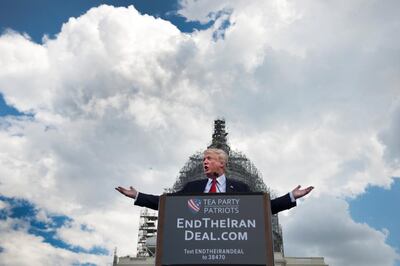
Indeed, one of the unintended consequences of the nuclear deal was that billions of dollars in sanctions relief that Iran received as a result enabled it to strengthen these other activities.
The rationale for excluding regional nations from talks with Tehran was, and remains, less justifiable. They are the direct targets of Iran’s foreign policy, which is still based on three ideological pillars: exporting its so-called Islamic Revolution; supporting Islamist and anti-western movements; and eradicating Israel.
In pursuing these objectives, the Islamic Revolutionary Guard Corps (IRGC) – the clerical regime’s ideological army – has for more than four decades supported a range of armed militias across the region, from grassroots groups with shared or tactical interests, such as Hamas and the Taliban, to manufacturing its own ideologically compliant militias such as Hezbollah in Lebanon.
These paramilitary groups have continually destabilised the Middle East with regional nations paying the price of letting Tehran’s actions go unchecked.
As our recent report for The Tony Blair Institute for Global Change reveals, in recent years the activities of the IRGC and its network of militias in the Middle East have both expanded and become more dangerous. Crucially, these shifts occurred as international sanctions were being eased on Tehran as part of what would become the JCPOA.
The 2013-2015 period is often praised in the West as a successful period of diplomacy with Tehran. Yet, while western diplomats were sitting around the negotiating table with Iran’s Foreign Minister Mohammad Javad Zarif, the late IRGC general Qassem Suleimani was executing a ruthless plan to crush the Syrian people’s revolution and save the Assad regime from collapse.
We now know that western diplomats had hoped that easing sanctions on Iran would eventually moderate its behaviour in Syria and the wider region. But as history has shown, the opposite was true.
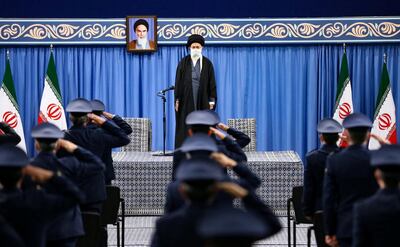
Tehran’s operations in support of the Assad regime triggered the most significant shift in its cultivation of Shia militancy: the expansion of IRGC-manufactured militias. After its success in Syria, the creation of these "Gold Standard" groups provided Iran with a blueprint for exporting its militancy across the region.
But far from simply being a form of state deterrence, our report reveals the deep-rooted ideological nature of these militias.
As well as arming, training and financing these manufactured militias, the IRGC proactively recruited and radicalised their fighters, working with Iran’s soft-power organisations to indoctrinate them with the clerical regime’s extremist Shia Islamist ideology.
Like the IRGC, these fighters are taught to reject the concept of the nation-state and see themselves as "warriors without borders", fighting for Mr Khamenei’s ambition to create a pan-Shia state and eradicate the state of Israel.
Manufactured militias are now the fastest growing type of Iranian-backed groups in the region. Operating throughout the Middle East, they constitute the greatest threat to its stability and the normalisation of relations between the Arab states and Israel.
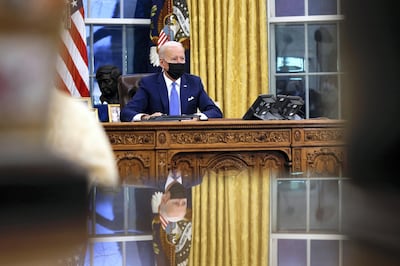
The ideological ambitions of these IRGC-manufactured militias are a stark reminder that, rather than a conflict between Shia and Sunni, or a proxy war between Iran and Saudi Arabia, the real divide in the region is between modernisers and Islamist extremists. Shia Muslims who refuse to subscribe to Mr Khamenei’s Islamist ideology have been victims of the IRGC or its manufactured proxies.
While many point to the tragic events of 2019 - when we saw Iraqis and Iranians killed on the orders of the IRGC - as a testament to their brutality, the fact that tens of thousands were willing to risk their lives to resist the backward and oppressive politics that the Iranian regime wishes to sustain should not be ignored.
In addition to expanding its activities beyond Iran’s borders, the IRGC has also increased its power on an unprecedented scale within Iran itself. The IRGC is transitioning from being part of the "deep state" to controlling the state itself, making it even more likely that it will benefit from any future sanctions relief for Tehran.
Any engagement with Tehran that does not recognise the JCPOA’s flaws risks repeating them. Reaching a lasting deal will require encompassing broader issues – including Iran’s regional policy, missile programme and violation of human rights – and bringing regional stakeholders to the table.
Professor Saeid Golkar is a senior fellow at the Tony Blair Institute for Global Change and Kasra Aarabi is an analyst on Iran at the Tony Blair Institute for Global Change
